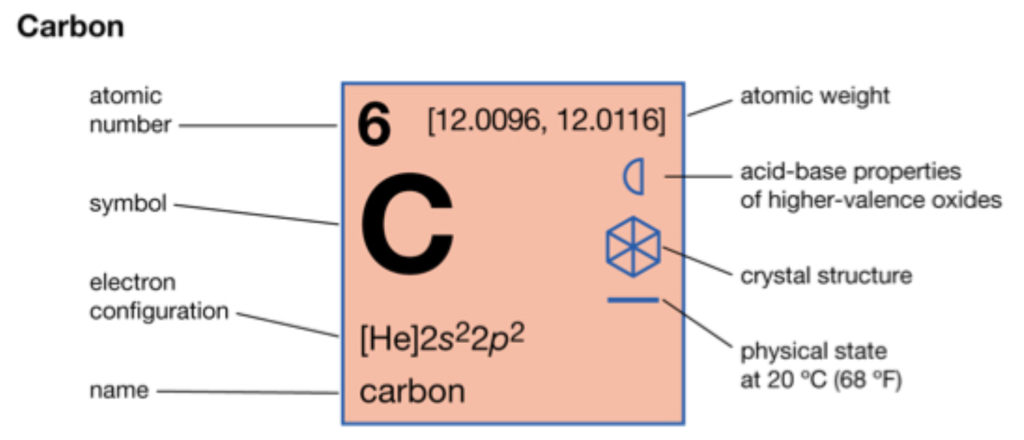A Metric, a Definition, a Ratio and a Framework
A Carbon Atom
Referencing the common carbon atom as a unifying standard like in the past we have referenced shells, grains, silver and gold, we can use a single unit of measure not influenced by the motives of the current economy. This nature-based unit and its derivatives, equivalents and similes demand and enable clear definition. Once defined, it can be valued, counted, costed, and accounted for accordingly. First valuing and then understanding the cost of carbon will help reverse value extraction and loss from the system.

Economy
If we refer to the original meaning of economy to ‘manage the home’ this is most relevant and urgent today. The purpose of ‘economy’ might be defined as; to manage the balance between human occupation and wellbeing and planetary boundaries and earth systems. This implies that our role might be as Earth Systems stewards, leading us to ask:
“For how many humans do we need to manage Earth Systems and maintain balance?”
The costcarbon initiative or framework will support 13 billion humans comfortably, by eliminating waste. Todays economy depends on the loss of ~90% of Earth system resources as a result of measuring capital in financial terms only. We can change our understanding and definition of capital to include natural capital and social capital as well as financial capital into any transactions; three domains of capital utility we call polyvalent capitalism. This will enable and reward us to measure progress beyond Gross Domestic Product or GDP, and to value and capture information regarding the inputs and outputs of transactions. Measuring the utility or utilisation of these resources as Gross Domestic Utilisation – GDU, we will better meet the original intent and purpose of economy in todays context as; optimum utilisation of limited natural resources without compromising human potential.
GDP:GDU – Production : Utilisation
Gross Domestic Utilisation or GDU as a metric Weill help measure the efficiency of resource use. By comparing GDP and GDU we are measuring production inputs against the utility of resources in consumption. This ratio reflects the difference between production as measured today and consumption utility as a measure of waste or lost and latent value. This measure of waste is the past opportunity cost and the forward opportunity for regenerative growth. This ratio highlights both in-efficiencies and opportunities through energy, materials, information and other human inputs to our economy. This opens the opportunity for informed procurement and understanding the liabilities of ownership and assets under management against a reference of net zero and other foundational goals and aspirations of citizens organisations and governments.
A Framework
Bringing these elements and others into a coherent framework, offers a practical and scalable methodology to address current environmental and social challenges. by embedding carbon into transactions we canaccelerate meaningful activity to meet market demand at the same time deeper and wider capability in measuring carbon. We are attempting to allow any entity—from a single citizen to a multinational organisation—to define the value against which supply responds.


